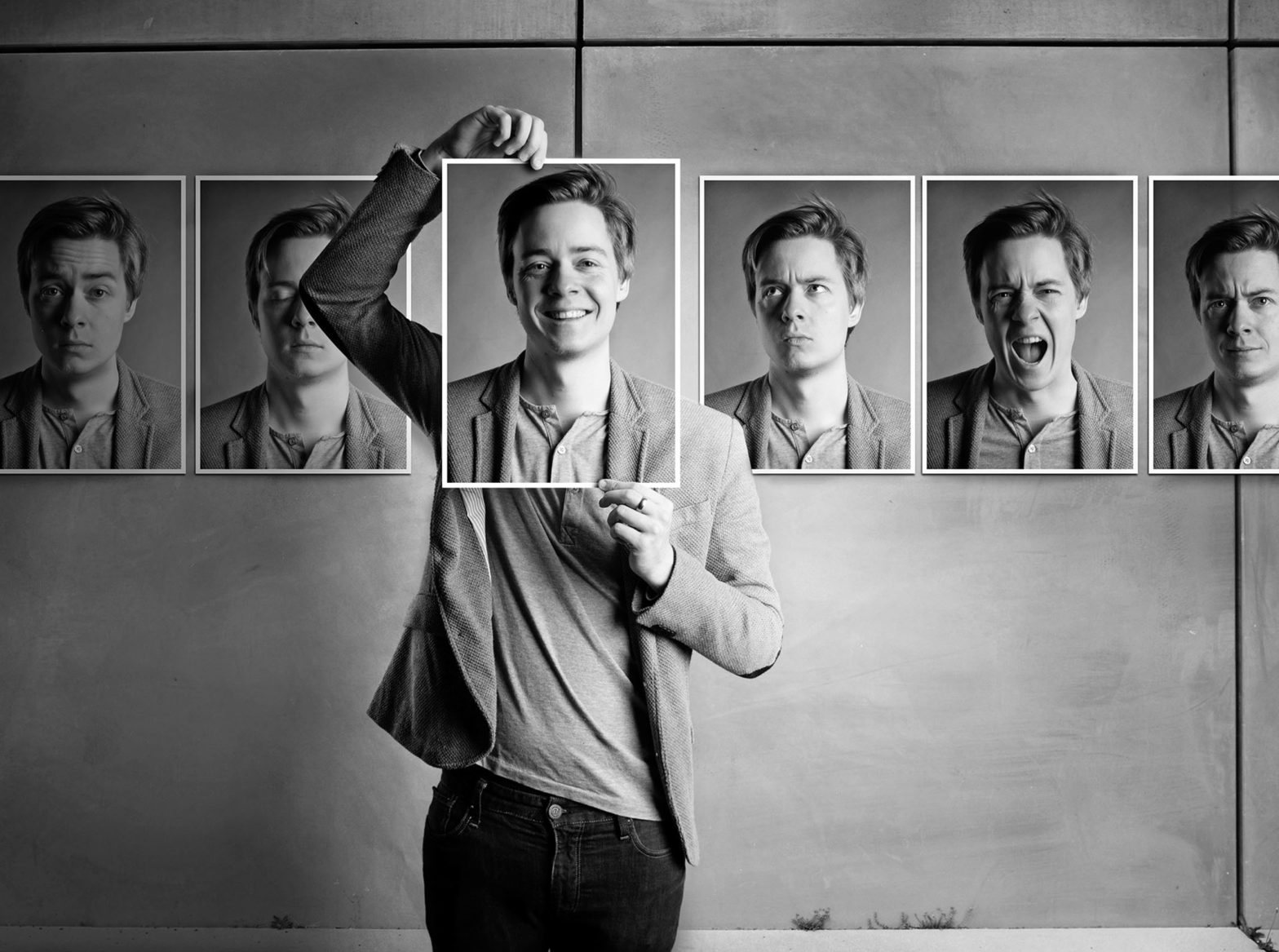Looking confident and likable in your profile photos – as shallow as it may seem – can open up new possibilities for work and business connections.
You might not like how you come out in photos — but you probably know how important “first impression is.” Well, in the age of social media, photos are first impression. And profile photos are, in fact, business cards.
If you’re currently in search of a job one of the best ways to look for it nowadays is through LinkedIn. The “professional” social media platform offers a broad variety of methods for putting yourself out there for job.
One prominent factor in how you’re seen by prospective recruiters or hiring managers is, literally, how you are “seen”: your profile photo. Looking confident and likable in your LinkedIn profile image – as shallow as it may seem – can open up new possibilities for work and business connections.
“The camera doesn’t lie” is one of the bigger misconceptions. A picture can make us seem (or feel) insecure or confident; welcoming or aloof. The truth is, the camera does lie: different angles can change or distort our proportions; different light makes us look a certain way; and movement at the moment of the ‘click’ dramatically affects the final result.
You have to remember: when you take a picture you tell a little story. It’s not you as a person.
Here are three tips for how to take the best possible confident photo of you:
Who takes the photo?
Believe it or not, the person who takes the photo has an effect on the final result. If you don’t know the person you might feel a little tense or nervous. That affects the final result. I recommend taking the photo by yourself, that way you can be most comfortable (use the 10-second timer and place the phone on a bunch of books). If you prefer someone to do it with you choose someone you like and that you feel comfortable with. That way you can take as many shots as you want without feeling embarrassed until you get the perfect final result.
It’s also important to “create the scene:” pay attention to what’s in the background, and in this case, less is better. One last thing to consider is lighting: natural light works best so if you stand in daylight facing a window. Be sure the camera isn’t pointing into the window because you do not want the light coming from behind you. If you’d rather do it outside make sure that there’s not too much sun, so you won’t squint your eyes too much.
What’s on your mind during the shoot
It never occurred to me until I worked with a professional photographer that what you think during the time your picture is taken has a real effect on your picture. When you think ‘I’m professional’ your body will physically adjust itself to match your thoughts. When you think ‘I’m likeable,’ ‘I’m friendly’ – your body will react. It works wonders in photos and helps a lot to tell your story.
Take the picture from a slight “up” angle
Placing the camera a little below eye level will make you look more confident. The feeling that the viewer receives is that “they look up to you.”
A recent scientific study reviewed “the perfect photo” and – no surprise – your eyes and your smile have the most effect on people when they see your photo. The third element was, by the way, the way you dress.
I hope that this will somehow help you get better at taking photos of yourself (and judging your own photos). I’d love to hear comments and thoughts about this and also give some personal advice and tips on your photos. See you on LinkedIn!
